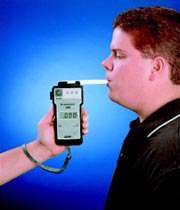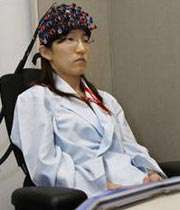More than 80 percent of countries across the globe are using mobile phone technology in different ways to improve their health services, WHO says.
A survey conducted by the World Health Organization (WHO) showed that only 19 of the 114 studied countries have no mobile health initiative, known as “mHealth.” Many of the government adoptions, however, are at the pilot stage.
While eighty-three percent of the studied countries were involved in a minimum of one mHealth project, most of them had several projects running, said Misha Kay, Manager at the Global Observatory for mHealth at WHO.
The report showed that mHealth has become a point of interest in not only rich and developed countries but also nations with the lowest incomes. Reportedly, 77 percent of the less affluent countries reported mHealth programs compared with 87 percent of high-income nations.
Southeast Asia, the Americas and Europe were benefiting from the related services and programs while about 75 percent of the studied African nations were also among the technology users.
The most popular mHealth programs globally were mobile technology call centers, cited by 59 percent; emergency services management, 54 percent; and telemedicine, 49 percent, the report says.
The most common services used in the low-income countries were the use of mobile networks for conducting health surveys; these programs, however, were the least common programs globally.
mHealth call centers, toll-free numbers and mobile communications for emergencies are among the programs most easily incorporated into the health systems.
There are more than five billion cell phone subscribers in the world and 85 percent of the planet is covered by a commercial wireless signal, noted WHO urging further approach toward using the technology for health improvement.
Speaking at a conference on mobile health in Cape Town, Kay called for a "more strategic approach to planning, development and evaluation to increase the impact of mHealth, and also prove that mHealth does work."
"So what we’re seeing is a fairly healthy groundswell of activity, also considering that we believe that a lot of the reports were understated," he added.
The UN health body cited competing health system priorities as the greatest barriers to mHealth adoption.
"Health systems worldwide are under increasing pressure to perform under multiple health challenges, chronic staff shortages, and limited budgets, all of which makes choosing interventions difficult. In order to be considered among other priorities, mHealth programs require evaluation," the report concluded.
Also it is recommended to see:
Needle-Less
device injects without pain












